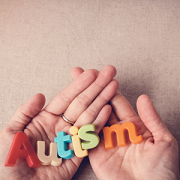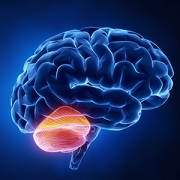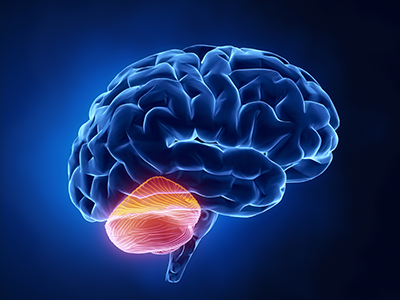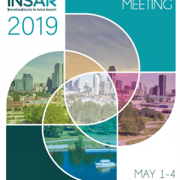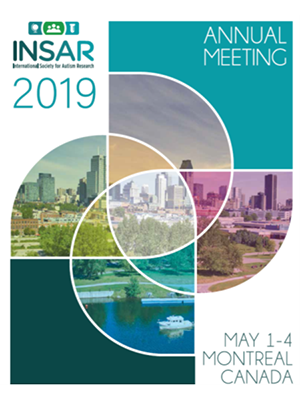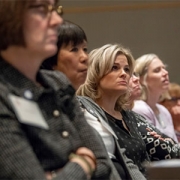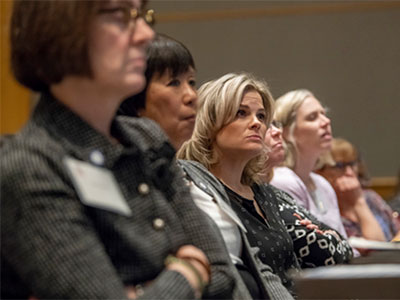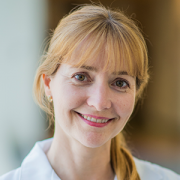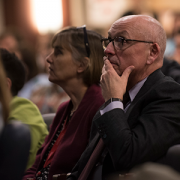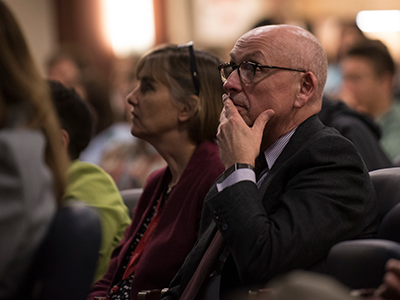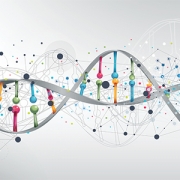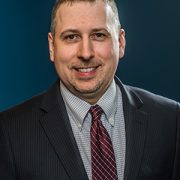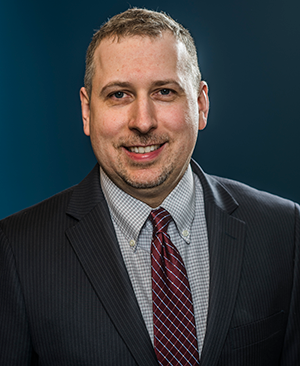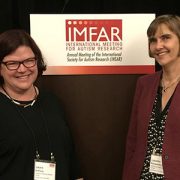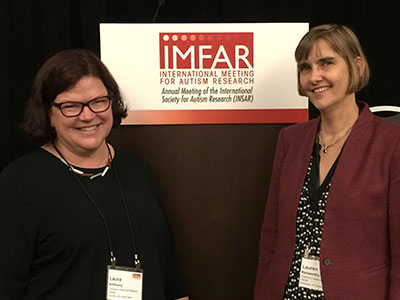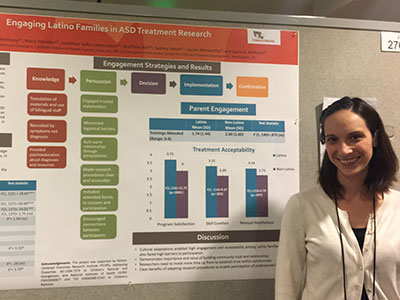Increasing access to autism spectrum disorder services through enhanced training
 Many service providers struggle to keep pace with advances in autism-specific knowledge and tend to refer children to autism specialty clinics when the diagnosis of autism spectrum disorder (ASD) is in question. Unfortunately, it is in these settings where children most often wait for months or, worse, experience barriers to accessing any care at all. This has resulted in an access crisis for children and families with ASD concerns contributing to delays in diagnosis and treatment, particularly for children of color and for under-resourced families. Service disruptions and challenges related to the COVID-19 pandemic have only added to delays. As the need for autism-related services continues to grow, innovative models must be used to enhance competence among frontline medical, behavioral health and community-based providers who currently serve these children and families on a regular basis.
Many service providers struggle to keep pace with advances in autism-specific knowledge and tend to refer children to autism specialty clinics when the diagnosis of autism spectrum disorder (ASD) is in question. Unfortunately, it is in these settings where children most often wait for months or, worse, experience barriers to accessing any care at all. This has resulted in an access crisis for children and families with ASD concerns contributing to delays in diagnosis and treatment, particularly for children of color and for under-resourced families. Service disruptions and challenges related to the COVID-19 pandemic have only added to delays. As the need for autism-related services continues to grow, innovative models must be used to enhance competence among frontline medical, behavioral health and community-based providers who currently serve these children and families on a regular basis.
Children’s National Hospital has initiated a number of endeavors focused on increasing access to ASD services through enhanced training experiences, mentorship of allied mental health and frontline professionals and utilization of multidisciplinary approaches. These approaches enhance the skills and knowledge of treatment providers, which allows them to accurately address the needs of autistic patients while they await more comprehensive evaluations and sometimes reduce the need for additional evaluation. The following are efforts currently underway.
Virtual ECHO (Extension Community Healthcare Outcomes) Autism Clinics
The Center for Autism Spectrum Disorders (CASD) is hosting virtual ECHO (Extension Community Healthcare Outcomes) Autism Clinics aimed at building autism knowledge and competencies amongst community providers by creating shared learning forums with a multidisciplinary group of autism specialists for dissemination of knowledge and mentorship.
Clinics run in 6-month sessions on a bimonthly basis and target professionals in medical, community and educational/early intervention settings. There is no requirement for prior autism-related knowledge or training. The emphasis in learning stems from case-based discussions primarily, along with targeted autism specific didactics.
We have found good satisfaction with the program overall, as well as self-report of gains in ASD-specific knowledge and care competencies as a result of participation in ECHO. To date, CASD’s ECHO Autism program has reached 290 professionals and trainees serving autistic children and their families.
Integration of autism evaluations into primary care sites
The Community Mental Health (CMH) CORE (Collaboration, Outreach, Research, Equity) within the Children’s National Hospital Child Health Advocacy Institute (CHAI) has been working collaboratively with several other divisions, including CASD, to integrate autism evaluations into primary care sites for young children with high concern about ASD. We aim to increase capacity and access to autism services by training embedded psychologists in primary care settings in autism diagnostics.
By increasing behavioral health provider capacity and integrating in primary care, this clinic has been able to drastically decrease waits for ASD services by months to years. Families served by the program were predominately Black (81%) or Latinx (10%), and most (87%) had public insurance. Nearly one third (32%) were not primary English speakers. An ASD diagnosis was provided in 68% of all cases.
All referring PCPs surveyed indicated that they were “satisfied” or “very satisfied” with the program, that they “strongly like the integrated clinic model,” and that the program “is increasing equitable access to ASD. Currently, CHAI-supported ASD-focused embedded clinics in primary care have served 94 children and their families.


